The Federal Reserve’s recent 50 basis point rate cut, the first significant reduction since 2020, sends ripples through the multifamily and commercial real estate markets. With these cuts, the central bank aims to ease economic pressures, create a “soft landing” by controlling inflation, and stave off more significant economic disruptions. However, the multifamily sector, in particular, is keenly watching how these adjustments will affect lending conditions, cap rates, and overall market activity.
The Immediate Impact on Multifamily Investors
For multifamily investors, reducing the federal funds rate brings optimism and caution. Lower interest rates generally reduce borrowing costs, making it cheaper for developers and operators to finance projects, particularly in value-add and core-plus properties where capital improvements are needed. However, as noted by Doug Ressler from Yardi Matrix, cap rates won’t adjust immediately, typically taking 6-9 months to fully reflect lower borrowing costs.
This presents a potential window of opportunity for multifamily investors. Higher cap rates combined with decreasing interest rates could allow for acquisitions at more favorable yields during this period. Smart investors who move early could lock in better returns before cap rates eventually compress in response to falling borrowing costs.
The Forecast for 2024 and Beyond
Looking ahead, the Federal Reserve’s Summary of Economic Projections signals further rate cuts throughout 2024 and 2025. The Fed is targeting a federal funds rate of 4.4% by the end of 2024, with a possible reduction to 3.4% in 2025. This gradual easing could continue to benefit the multifamily sector, particularly if rates drop low enough to significantly reduce the cost of capital.
Greg Fedorinchik from NexMetro Communities predicted that a more significant rate reduction of 100 basis points by year-end would bring even more positive results. However, if the Fed cuts rates by less than 50 basis points, the multifamily market may remain cautious, with some developers waiting to see how the rate environment evolves before moving forward with new projects.
Refinancing and Debt Challenges
One area where rate cuts could have a more immediate impact is refinancing. Many multifamily properties were financed at much lower rates during the low-interest environment of 2021. As borrowing costs increased over the past year, property owners have struggled to maintain cash flow while servicing higher debt payments. A reduction in rates could provide relief, especially for those who need to refinance in the near future.
As Pierre Debbas, managing partner at Romer Debbas, LLP, noted, record levels of debt are set to mature by the end of 2025, and lower rates will be crucial for refinancing these loans. However, a 25 basis-point cut may not be enough to “move the needle” for many borrowers facing substantial refinancing challenges.
What’s Next for Multifamily and Apartment Development?
While rate cuts alone won’t solve all the issues facing the multifamily sector, they could bring relief to distressed owners and encourage more deal flow. If the Fed continues its path of gradual cuts throughout 2024 and 2025, as projected, we may see increased construction activity and more aggressive moves from investors.
In summary, while the recent rate cut is welcome news for multifamily investors and developers, the full impact will take time to materialize. The market is likely to experience gradual improvements, but for those willing to take early action, there could be significant opportunities in the months ahead.

